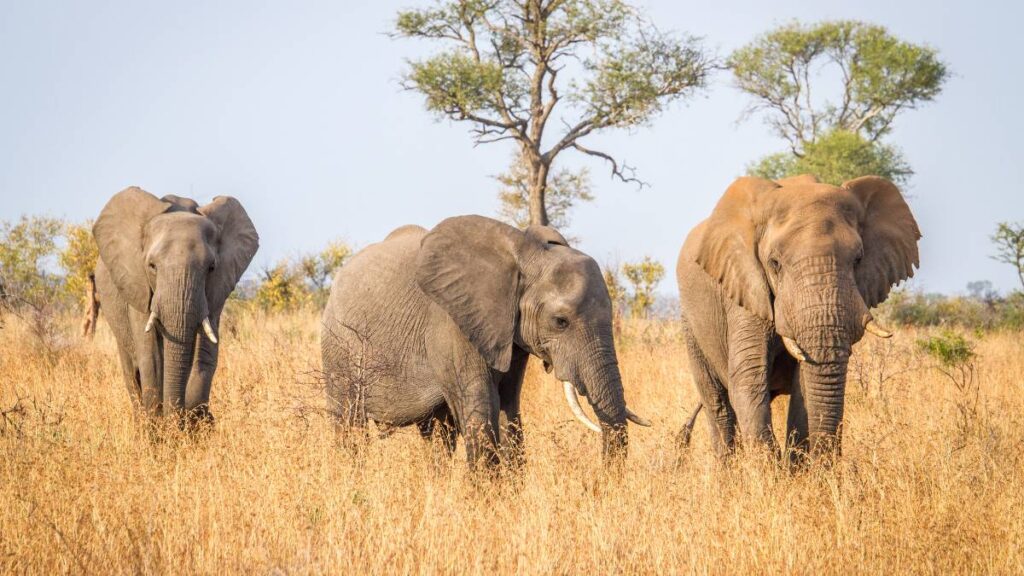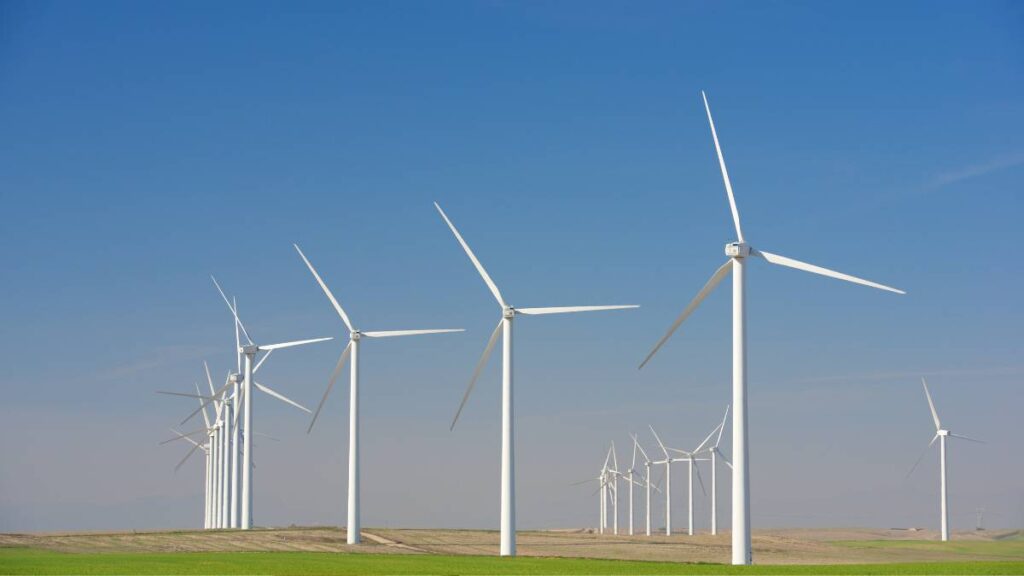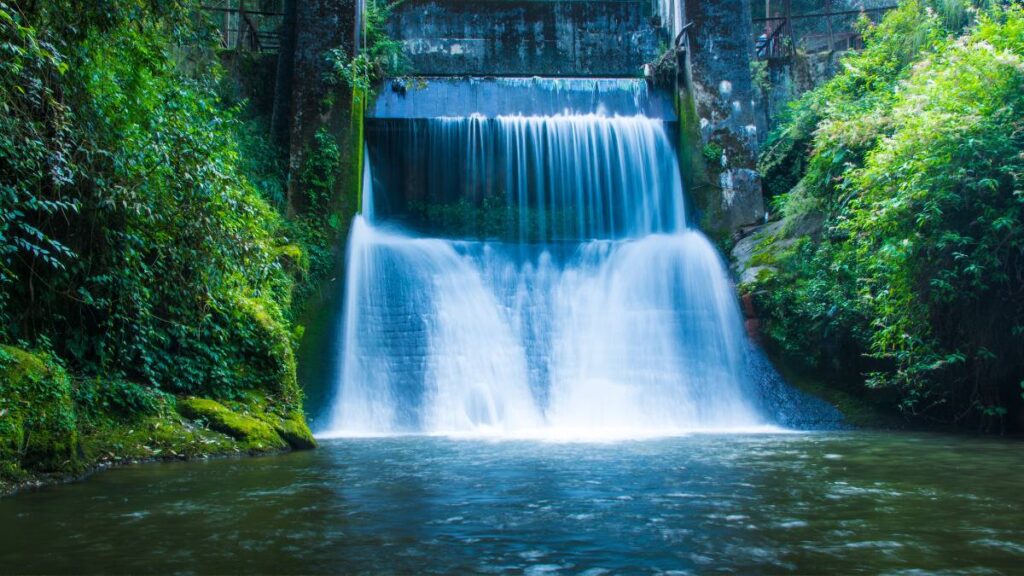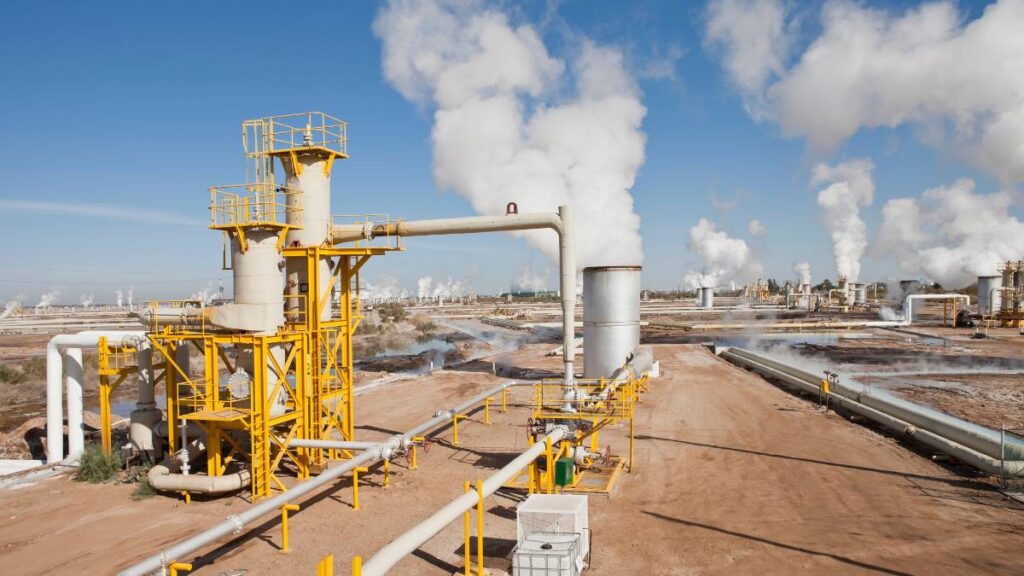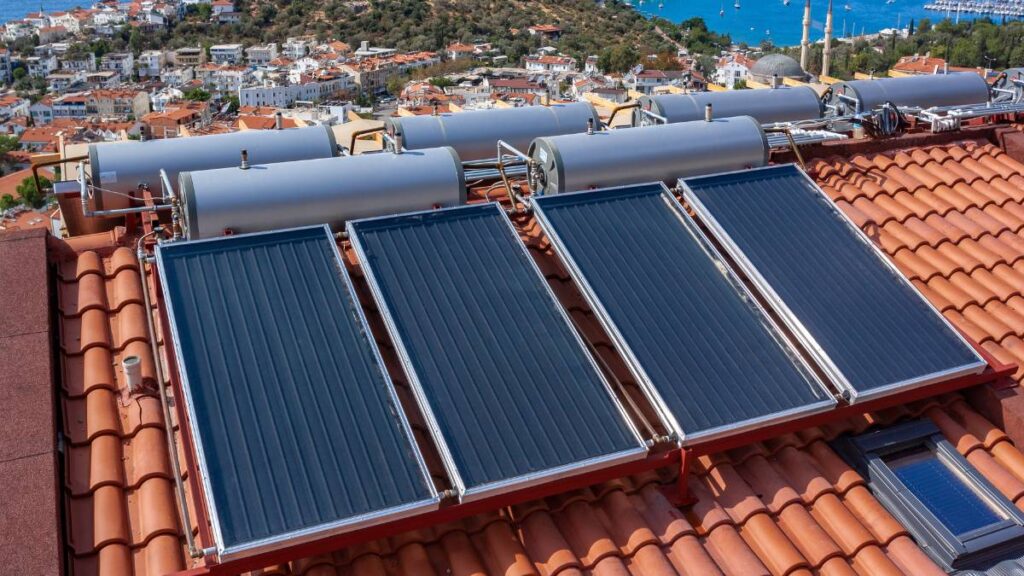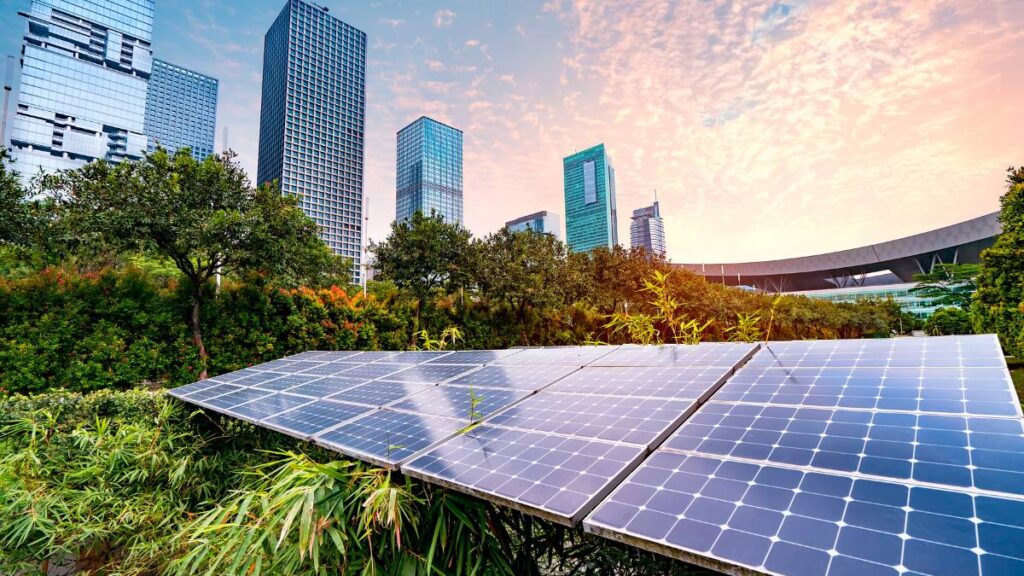While renewable energy is pivotal in combating climate change, its interaction with wildlife and ecosystems presents unique challenges. This article delves into the environmental impacts of renewable energy projects on wildlife and explores ways to mitigate these challenges to achieve a harmony between sustainable energy development and ecological preservation.
The Impact of Renewable Energy on Wildlife
Renewable energy sources, including wind, solar, and hydroelectric power, offer cleaner alternatives to fossil fuels. However, they can pose risks to wildlife and natural habitats. Wind turbines, for example, have been associated with bird and bat fatalities, while solar farms can disrupt land habitats. Hydroelectric projects can alter river ecosystems, impacting fish and other aquatic species.
Wind Energy and Avian Species
One of the most notable concerns with wind energy is its impact on birds and bats. Collisions with turbine blades are a risk, particularly for migratory species. To mitigate this, careful site selection away from major migration routes, employing technology to detect and deter birds, and curtailment during peak migration periods are essential strategies.
Solar Farms and Land Use
Large-scale solar farms require significant land, which can lead to habitat loss or fragmentation. To reduce this impact, developers are exploring ways to combine solar energy production with habitat conservation, such as creating pollinator-friendly environments under solar panels or using degraded lands rather than untouched natural areas.
Hydropower and Aquatic Ecosystems
Hydroelectric power generation can alter river flows, temperature, and sediment transport, impacting aquatic life. Fish passage facilities, environmental flow releases, and sediment management practices are among the measures taken to lessen these impacts and support the health of river ecosystems.
Balancing Renewable Energy Development with Wildlife Conservation
Striking a balance requires comprehensive environmental assessments, stakeholder engagement, and adaptive management strategies. Continuous monitoring of wildlife and habitat, alongside technological advancements, can help minimize negative impacts. Collaborative efforts between energy developers, conservationists, and government agencies are crucial in developing guidelines and best practices for sustainable project development.
Conclusion
The transition to renewable energy is a critical step towards a sustainable future, but it must be done with consideration for wildlife and ecosystems. By addressing the challenges and implementing mitigation strategies, we can ensure that renewable energy projects not only contribute to reducing carbon emissions but also safeguard the planet’s biodiversity.

